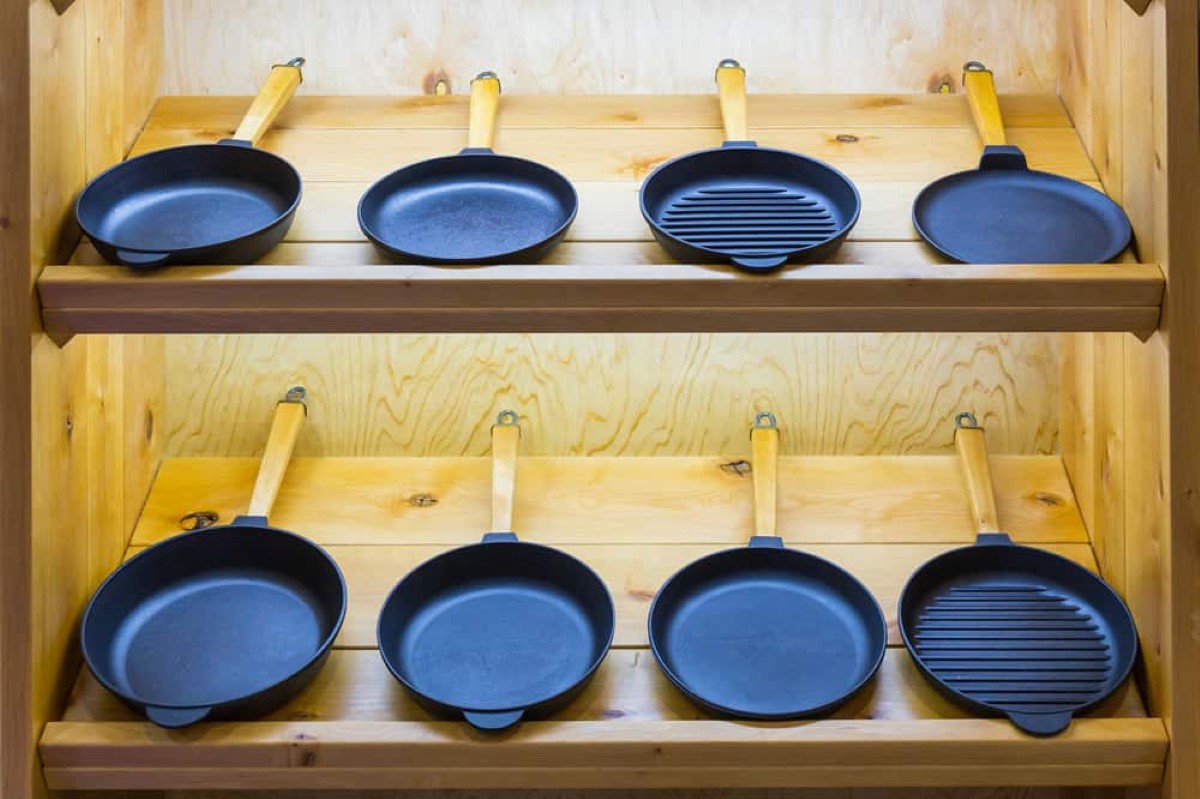

Articles
How To Store A Cast Iron Pan
Modified: January 5, 2024
Learn how to properly store a cast iron pan to ensure its longevity and prevent rust. Read our helpful articles for step-by-step instructions.
(Many of the links in this article redirect to a specific reviewed product. Your purchase of these products through affiliate links helps to generate commission for Storables.com, at no extra cost. Learn more)
Introduction
Cast iron pans have long been a staple in kitchens around the world. Their durability and excellent heat retention make them a favorite among chefs and home cooks alike. However, to ensure the longevity of your cast iron pan and maintain its non-stick surface, proper care and storage are essential.
In this article, we will guide you through the process of storing a cast iron pan to keep it in pristine condition. We will cover cleaning, drying, seasoning, and storing, providing you with valuable tips to maintain the integrity of your cast iron pan.
So, if you’re ready to learn how to store your cast iron pan properly, let’s dive right in!
Key Takeaways:
- Properly cleaning, drying, seasoning, and storing your cast iron pan is essential for maintaining its durability and non-stick properties. Follow these steps to ensure years of flavorful cooking experiences.
- Remember to always thoroughly dry your cast iron pan after cleaning to prevent rusting. Proper storage in a dry environment is crucial for preserving the pan’s integrity and longevity.
Read more: How To Store Cast Iron Pan
Cleaning the Cast Iron Pan
Before storing your cast iron pan, it’s crucial to give it a thorough cleaning. The goal is to remove any food residue or greasy buildup without stripping away the seasoned layer.
Here’s how you can clean your cast iron pan:
- Scrape off any food residue: Use a spatula or a stiff brush to remove any stuck-on food particles. Avoid using metal utensils that could scratch the surface of the pan.
- Use hot water and a sponge: Rinse the pan with hot water and use a sponge or non-abrasive scrubber to gently scrub away any remaining debris. Avoid using soap at this stage, as it can break down the seasoned layer of the pan.
- Dry the pan thoroughly: After rinsing, use a clean towel to pat the pan dry. It’s essential to remove all moisture to prevent the formation of rust.
Remember, never soak your cast iron pan in water or leave it to air dry, as this can lead to rusting. Also, avoid using abrasive cleaners or steel wool, as they can damage the seasoned surface.
Once your cast iron pan is clean and dry, it’s time to move on to the next step: seasoning.
Drying the Cast Iron Pan
After cleaning your cast iron pan, the next crucial step is to ensure it is thoroughly dried before storing. Proper drying is essential to prevent the formation of rust and preserve the pan’s integrity.
Here are some tips to effectively dry your cast iron pan:
- Air dry: The simplest and most effective way to dry your cast iron pan is by allowing it to air dry completely. Place it in a well-ventilated area or next to a gentle heat source, such as a stovetop burner on low heat. Ensure that the pan is completely dry before proceeding to the next step.
- Heat drying: If you’re short on time or want to expedite the drying process, you can heat your cast iron pan on low heat for a few minutes. This helps to evaporate any remaining moisture. Just be careful not to overheat the pan, as excessive heat can damage the seasoning.
- Wipe with oil: As a final step, you can wipe the cast iron pan with a thin layer of cooking oil. This helps to create a protective barrier against moisture and keeps the pan seasoned. Use a clean cloth or paper towel to apply a small amount of oil to the entire surface of the pan.
Remember, thorough drying is crucial to prevent rusting. Therefore, it’s essential to make sure that every nook and cranny of the pan is completely dry before moving on to the next step.
Now that your cast iron pan is properly dried, let’s move on to the process of seasoning.
After cleaning and drying your cast iron pan, store it in a dry place with a light coating of oil to prevent rust. Avoid stacking other heavy items on top of it to prevent damage.
Seasoning the Cast Iron Pan
Seasoning is a crucial step in maintaining and protecting the surface of your cast iron pan. It involves the application of a thin layer of oil or fat to create a smooth, non-stick surface and prevent rusting.
Follow these steps to properly season your cast iron pan:
- Preheat your oven: Start by preheating your oven to around 375°F (190°C). This temperature is ideal for polymerizing the oil and creating a durable seasoning layer.
- Clean the pan: Before seasoning, ensure that your cast iron pan is clean and dry. You can give it a quick wipe with a damp cloth to remove any dust or debris.
- Apply a thin layer of oil: Use a high-smoke point cooking oil, such as vegetable oil or flaxseed oil, to coat the entire surface of the pan, including the handle. Make sure to apply a thin, even layer of oil to prevent excess oil from pooling.
- Place the pan in the oven: Once the oven is preheated, place the oiled cast iron pan upside-down on the middle rack of the oven. Put a sheet of aluminum foil or a baking tray on the bottom rack to catch any drippings.
- Bake the pan: Let the pan bake for about 1 hour. This allows the oil to bond with the iron, forming a protective layer. After 1 hour, turn off the oven and let the pan cool inside. Avoid opening the oven during this time to maintain an even heat distribution.
Repeat the seasoning process: For best results, it’s recommended to repeat the seasoning process a few times, especially if your cast iron pan is new or has lost its seasoning. Each round of seasoning enhances the non-stick properties and strengthens the protective layer.
Remember to always use caution when handling a hot cast iron pan. Use oven mitts or pot holders to protect your hands.
Now that your cast iron pan has been properly seasoned, it’s time to learn how to store it to maintain its condition.
Storing the Cast Iron Pan
Proper storage is crucial to protect the seasoning and prolong the lifespan of your cast iron pan. By following these guidelines, you can ensure your pan remains in excellent condition:
- Allow the pan to cool: After using your cast iron pan, allow it to cool down completely before storing it. Placing a hot pan in a closed cabinet can create moisture, leading to rust.
- Avoid stacking: To prevent any potential damage to the seasoning, it’s best to avoid stacking other pots, pans, or heavy objects on top of your cast iron pan. If you have limited space, consider using a pan organizer or placing a protective towel between each pan to provide a buffer.
- Choose a dry storage area: It’s important to store your cast iron pan in a dry location. Moisture can cause rust to develop, tarnishing the pan’s surface. Avoid storing the pan in a basement, garage, or anywhere prone to high humidity.
- Use a cloth or paper towel: Before placing the cast iron pan in storage, you can place a cloth or paper towel inside to absorb any excess moisture or prevent dust from settling on the surface.
- Cover with a lid or bag: If desired, you can cover the cast iron pan with a lid or a storage bag to provide an extra layer of protection against dust or potential scratches.
Remember, it’s essential to periodically check on your cast iron pan while in storage. Inspect for signs of rust and re-season if necessary.
By following these storage tips, you can ensure that your cast iron pan remains in optimal condition for years to come.
With the proper cleaning, drying, seasoning, and storage, your cast iron pan will continue to provide exceptional cooking experiences.
Read more: How To Store Cast Iron Pans Long Term
Conclusion
Storing your cast iron pan properly is essential for preserving its durability, non-stick properties, and overall quality. By following the steps outlined in this article, you can ensure that your cast iron pan remains in excellent condition for years to come.
Cleaning the pan thoroughly after each use, drying it completely to prevent rust, seasoning it to maintain a non-stick surface, and storing it in a dry and safe environment are all crucial steps in maintaining the integrity of your cast iron pan.
Remember, a well-maintained cast iron pan can provide you with endless cooking possibilities. From searing steaks to making homemade cornbread, this versatile tool deserves proper care and attention.
So, if you’re a proud owner of a cast iron pan, make sure to follow these guidelines for cleaning, drying, seasoning, and storing. Not only will it enhance the longevity of your pan, but it will also ensure that you continue to enjoy the flavorful results that only a well-seasoned cast iron pan can deliver.
Now that you have all the necessary knowledge on how to store your cast iron pan, it’s time to put it into practice and enjoy many delicious meals to come!
Frequently Asked Questions about How To Store A Cast Iron Pan
Was this page helpful?
At Storables.com, we guarantee accurate and reliable information. Our content, validated by Expert Board Contributors, is crafted following stringent Editorial Policies. We're committed to providing you with well-researched, expert-backed insights for all your informational needs.
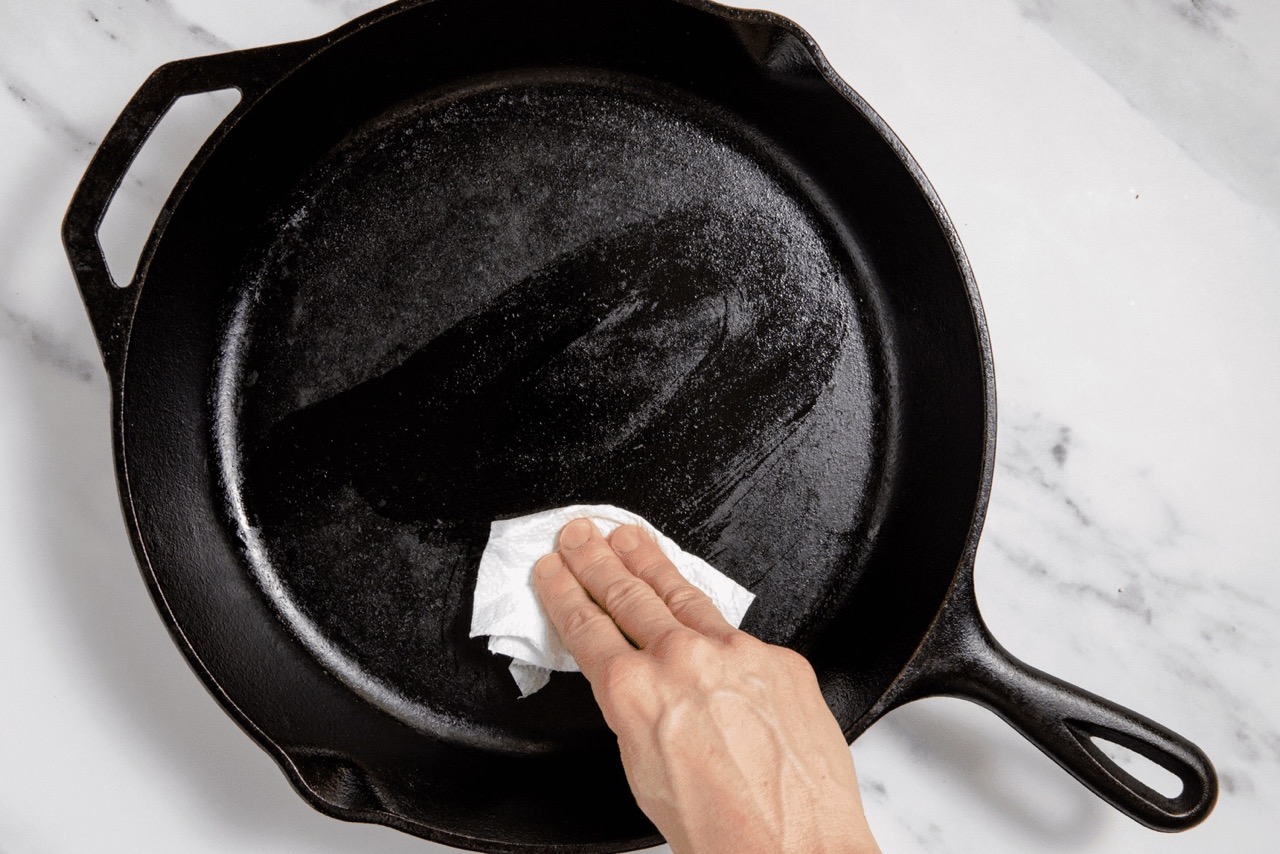
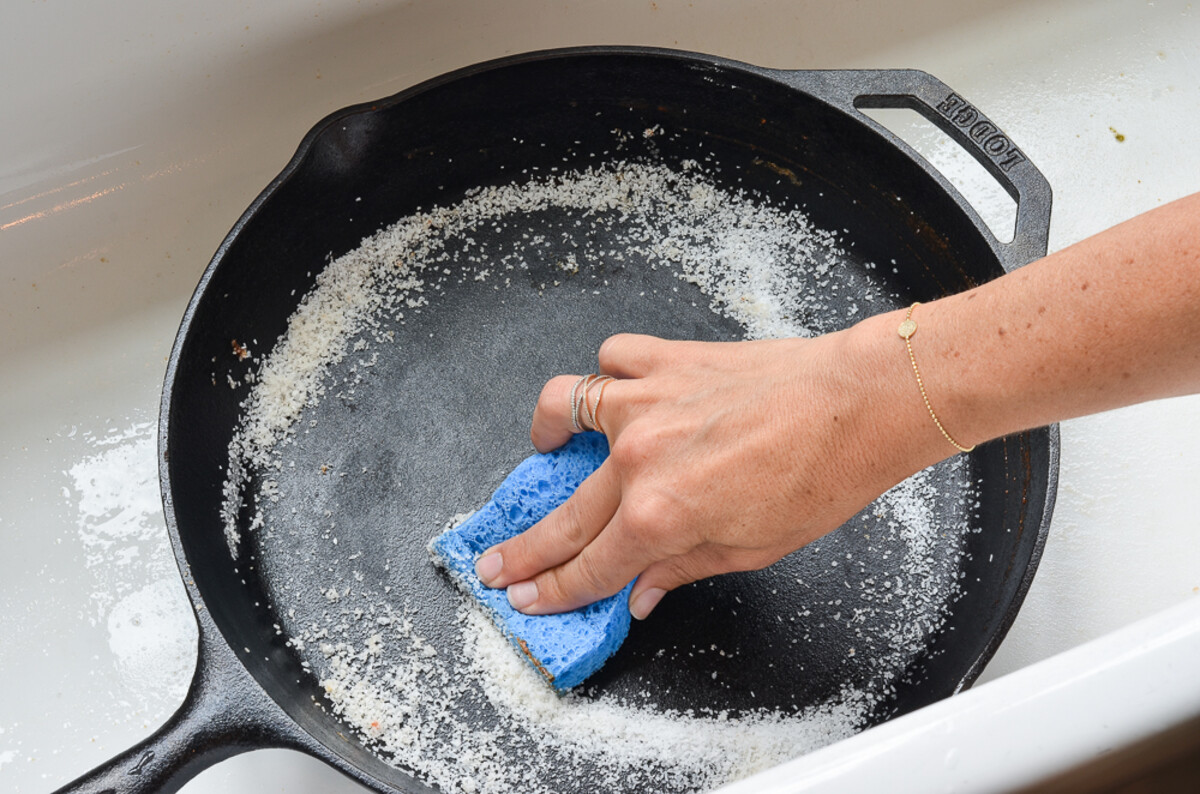
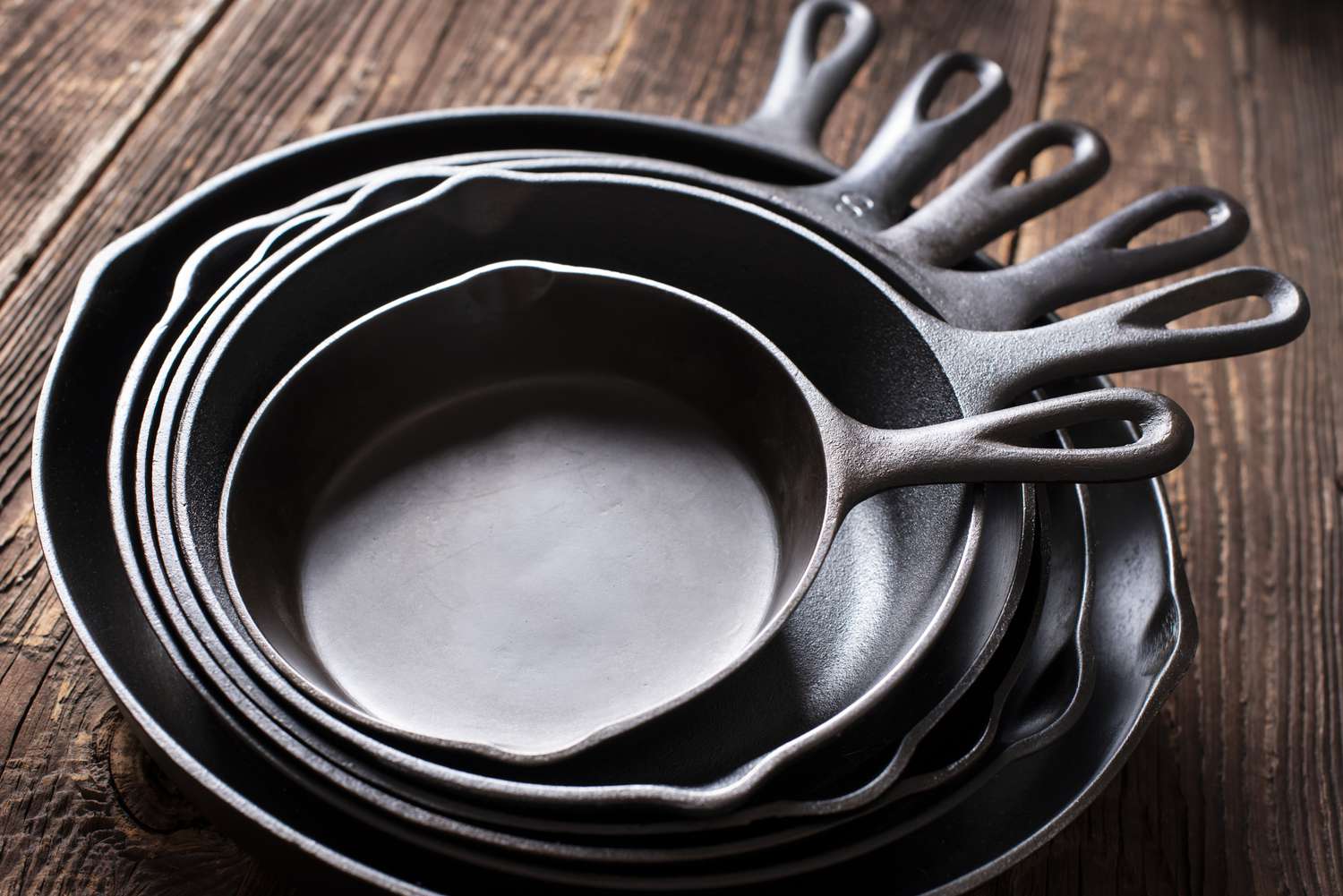
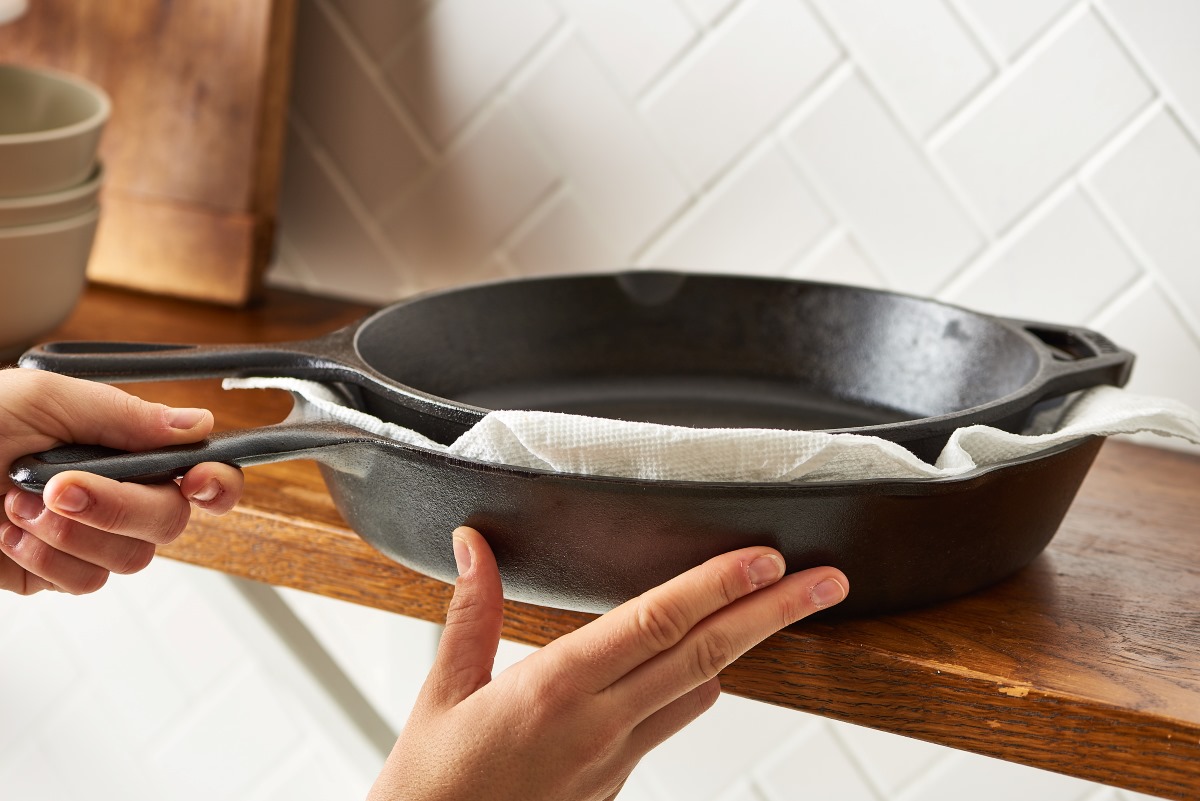
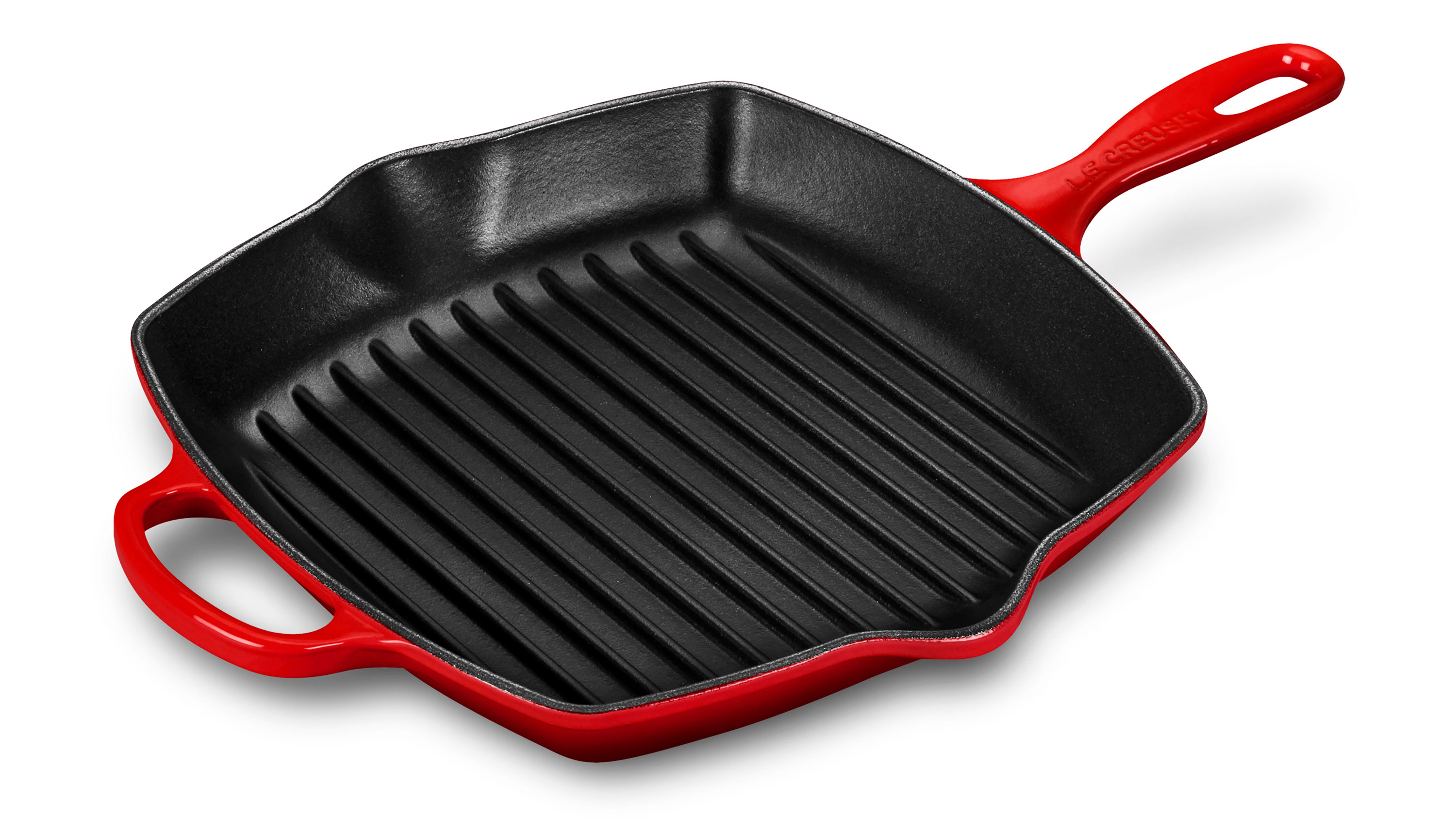
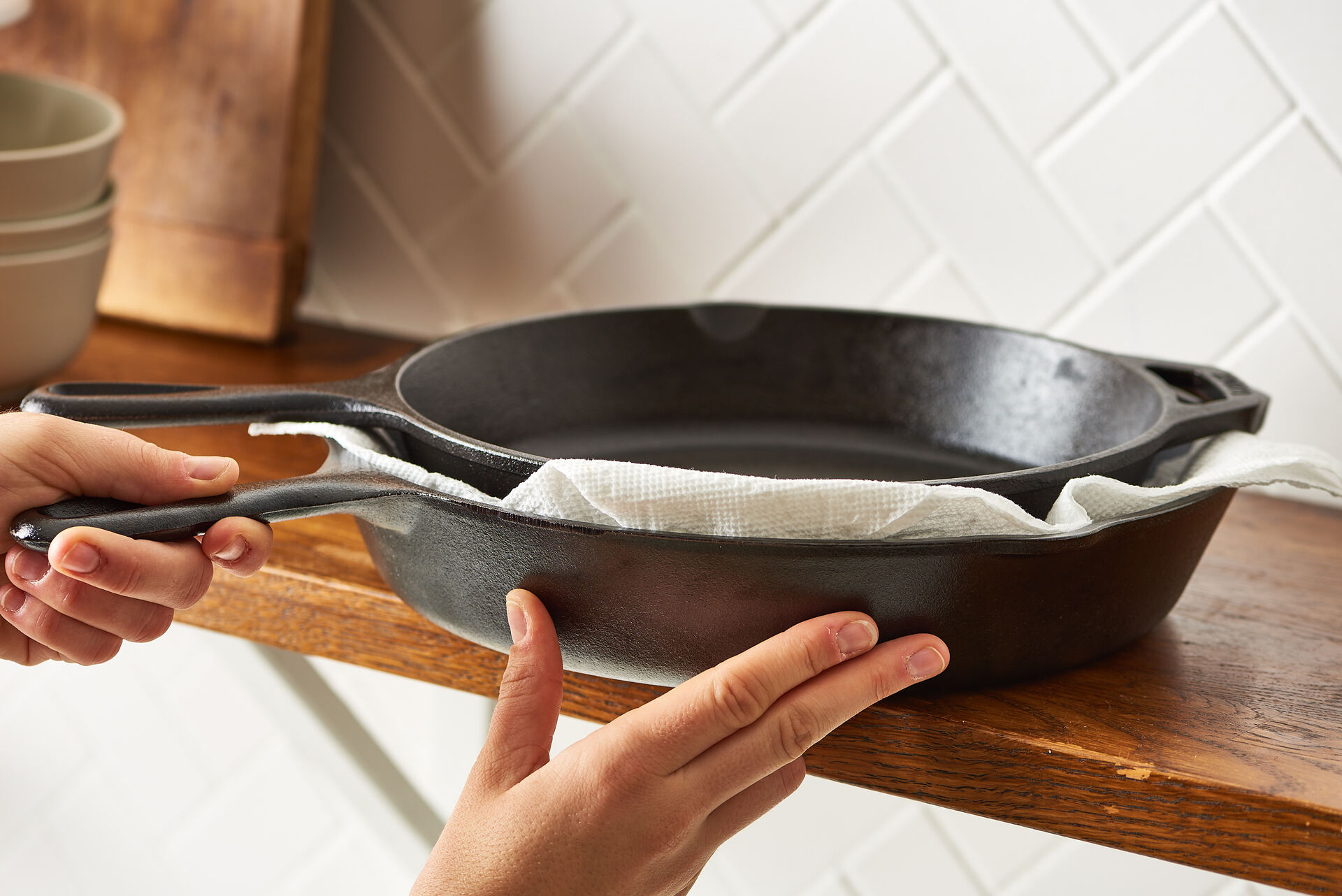
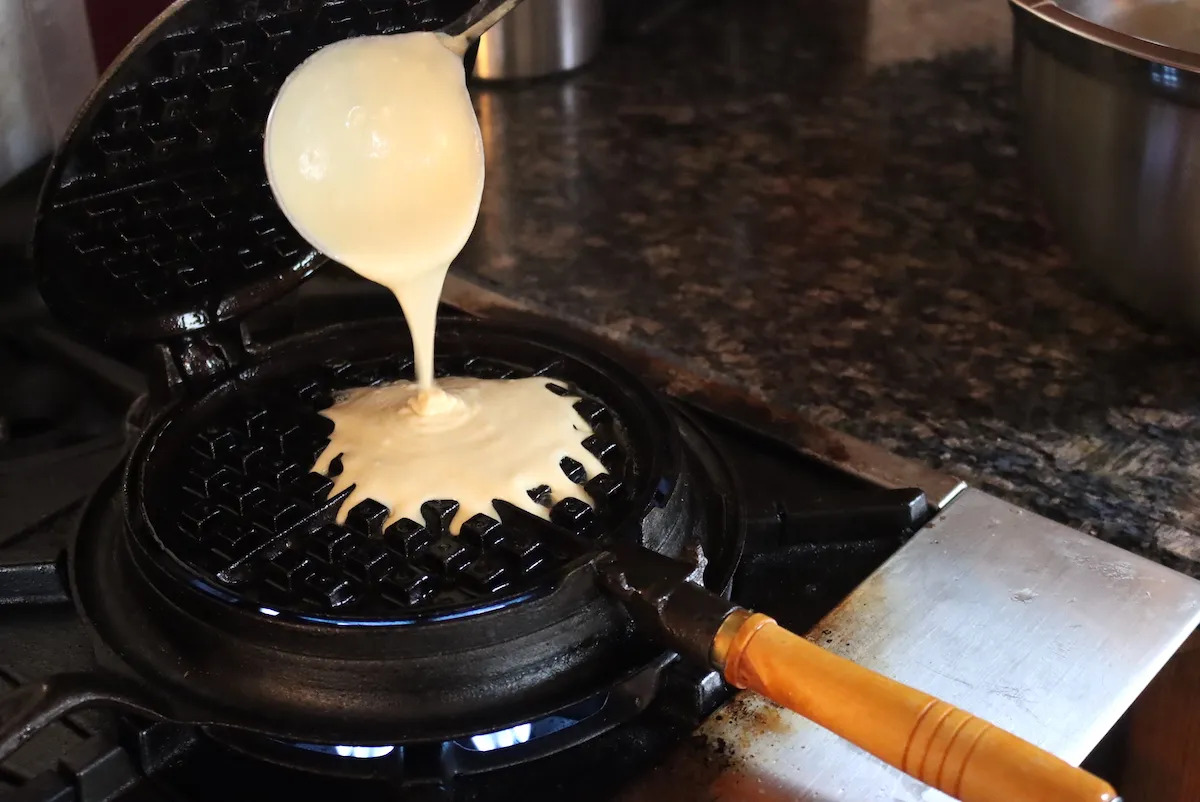
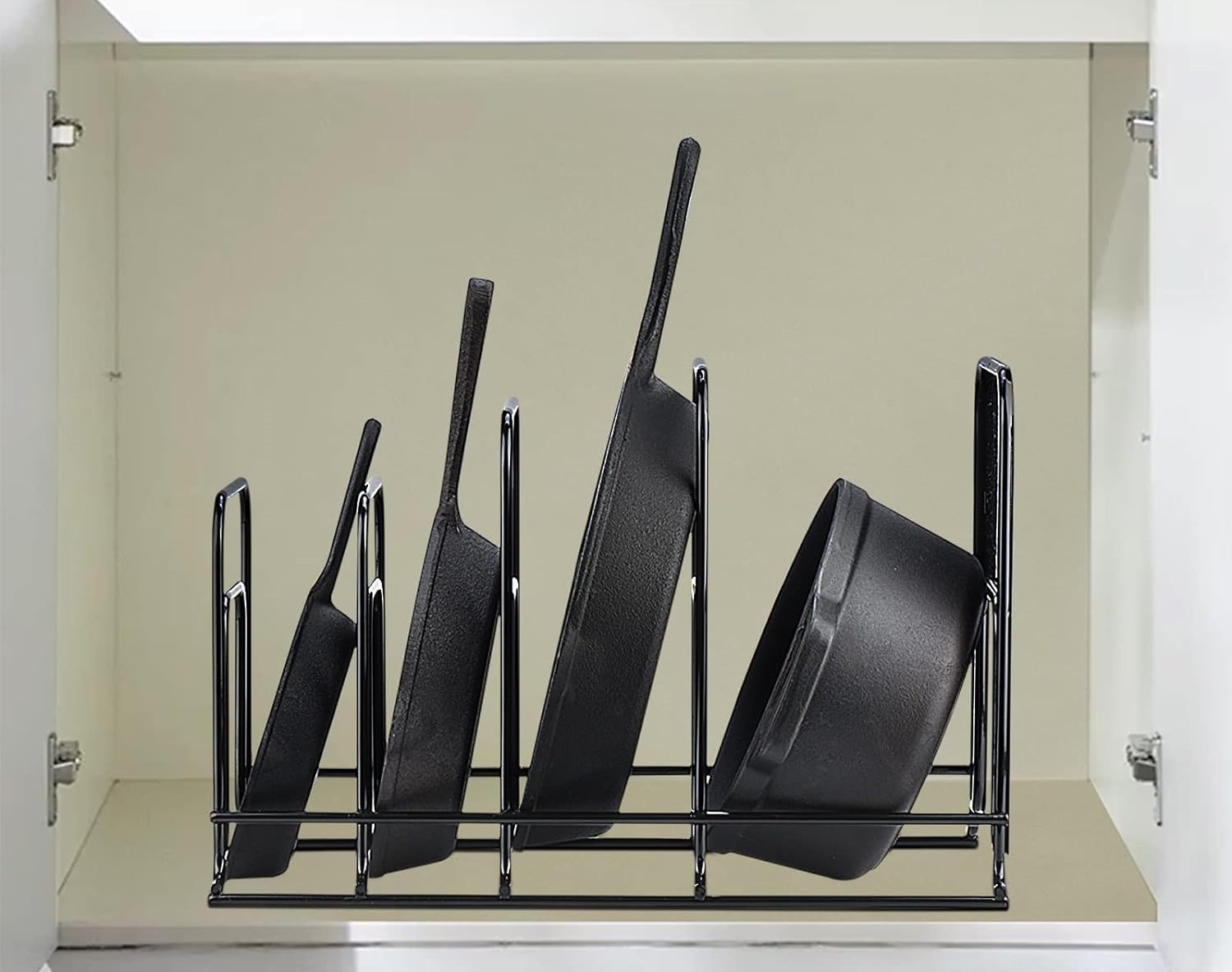
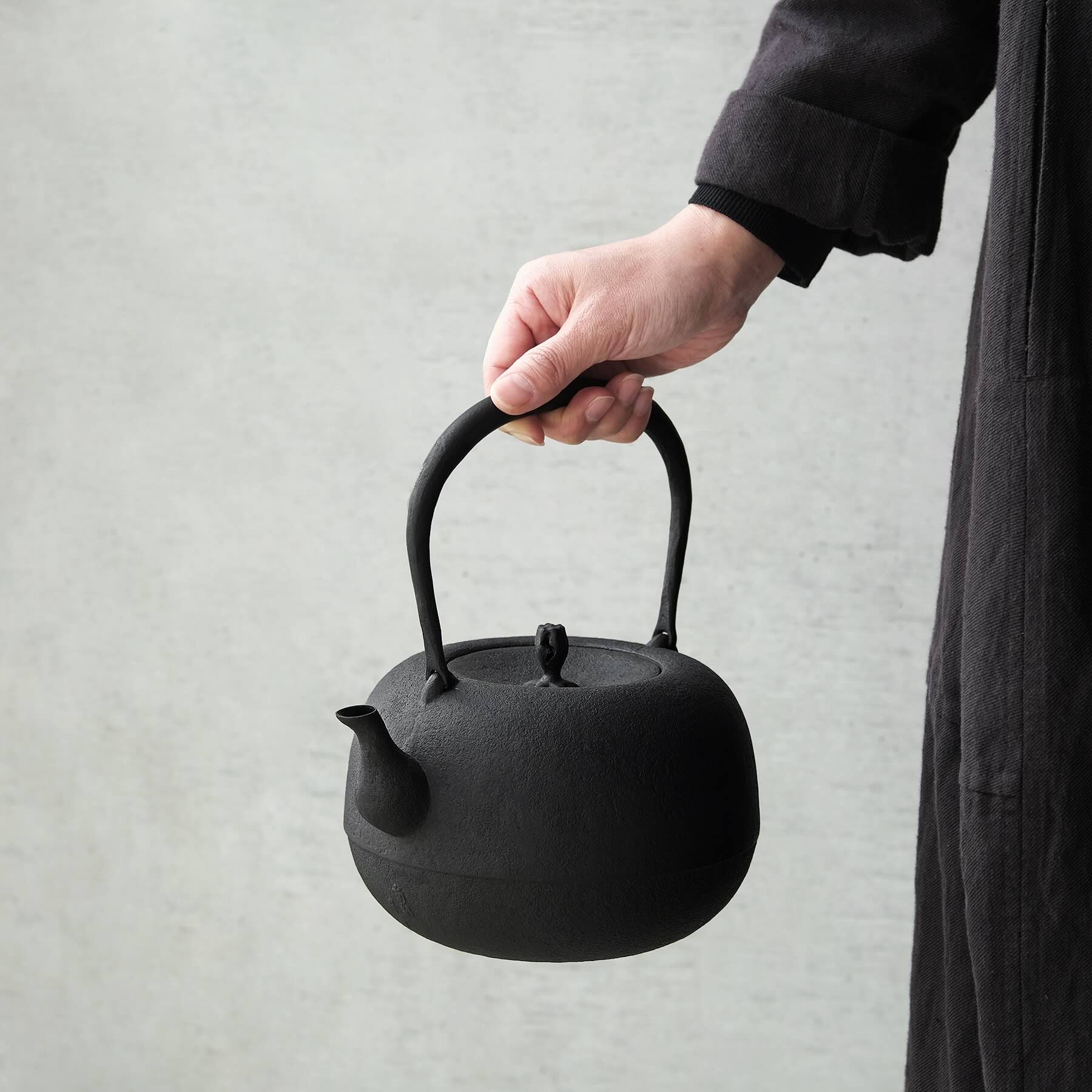
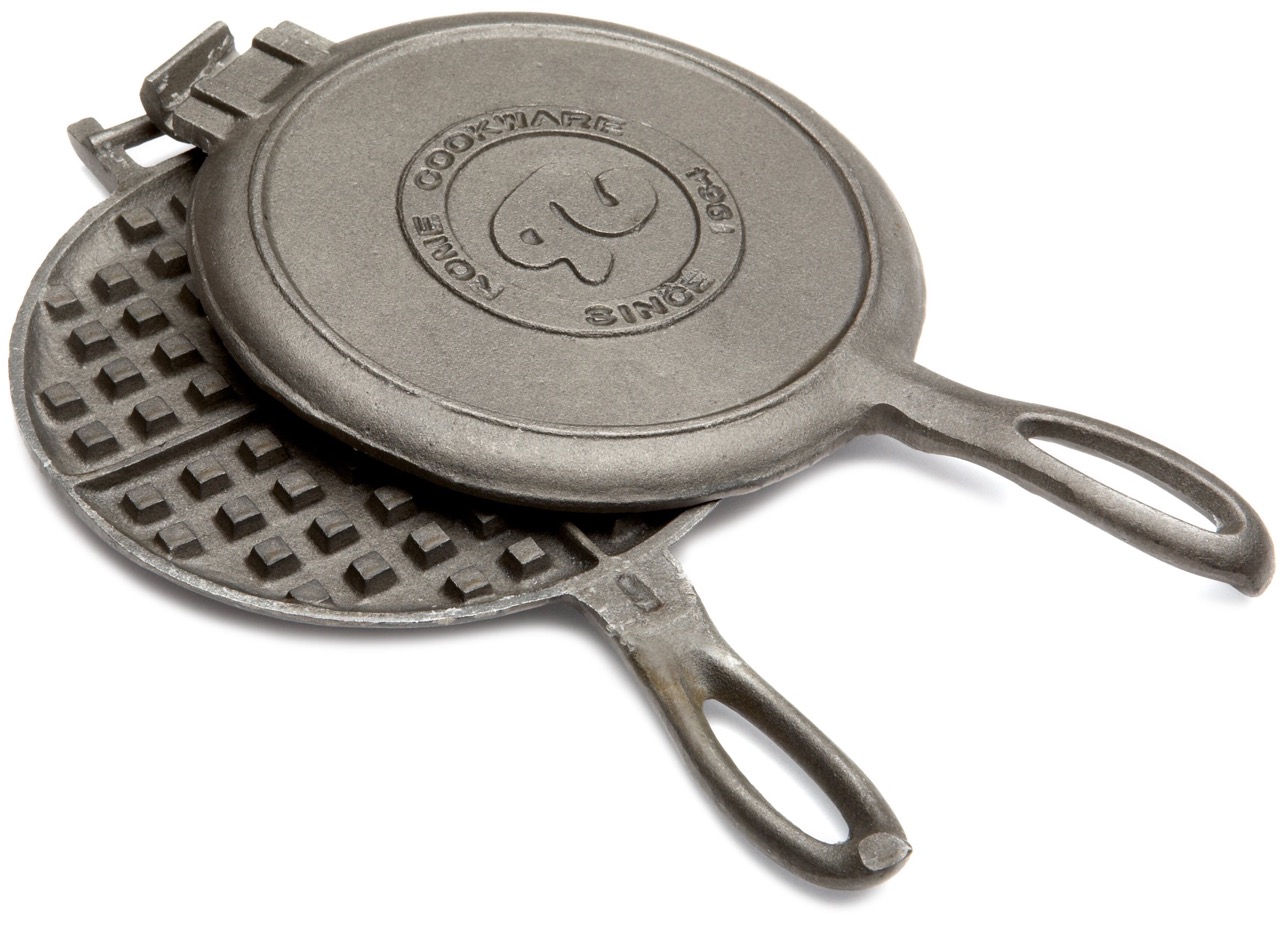
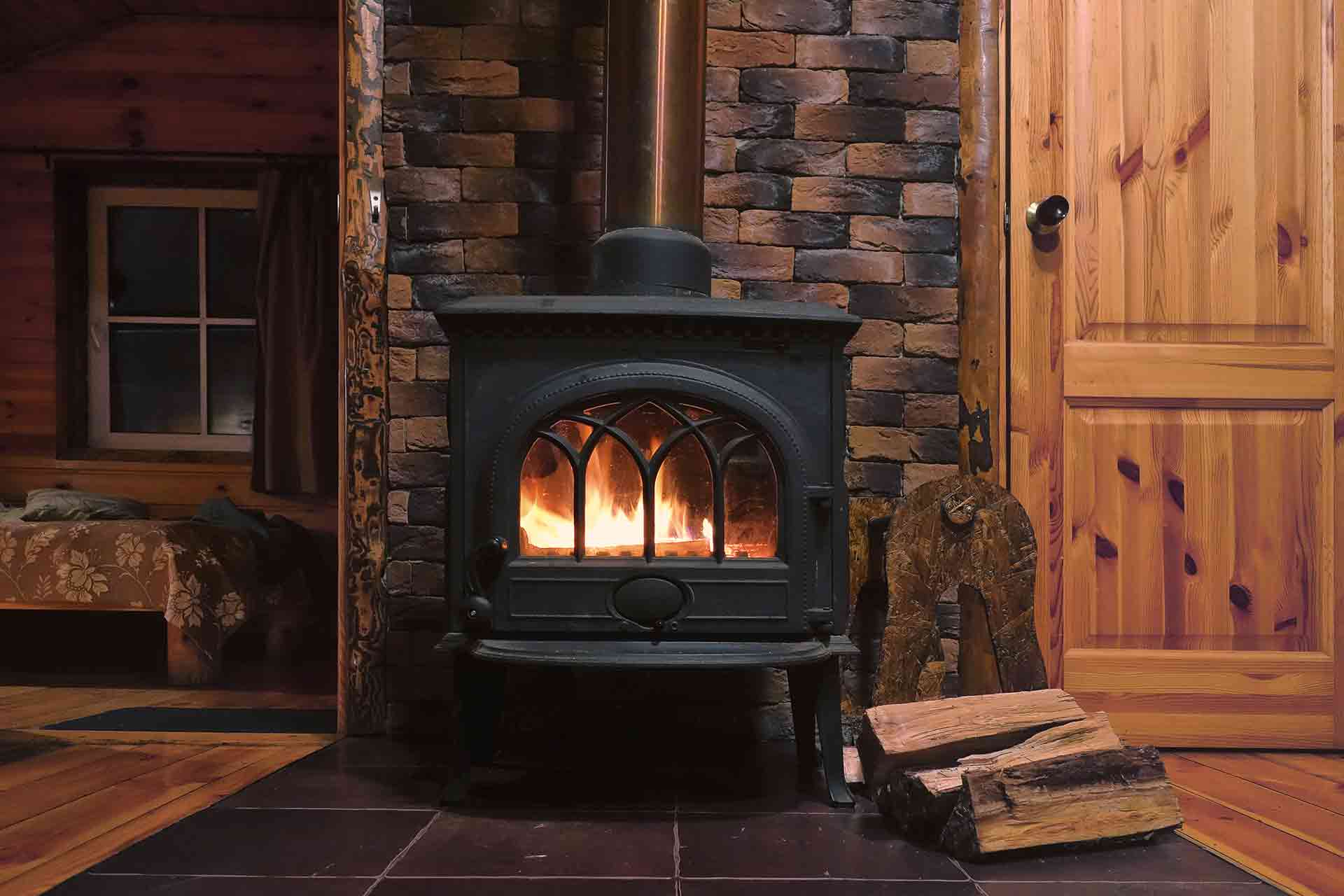
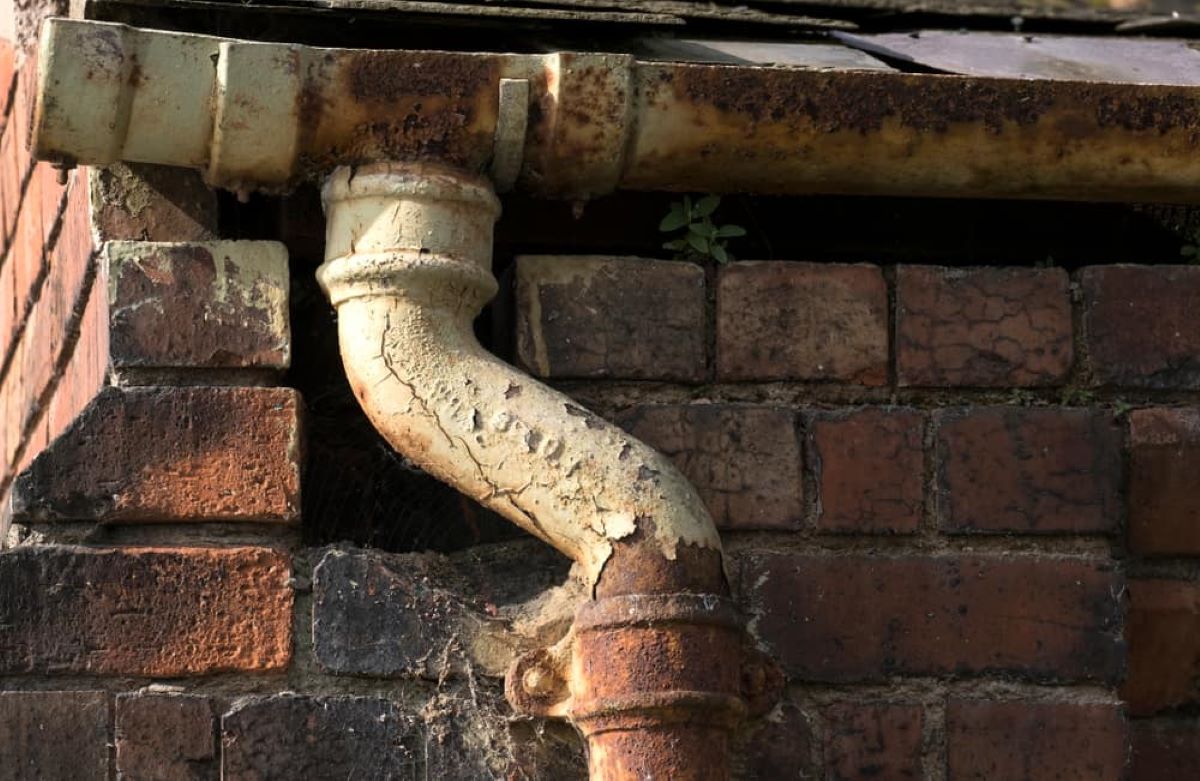
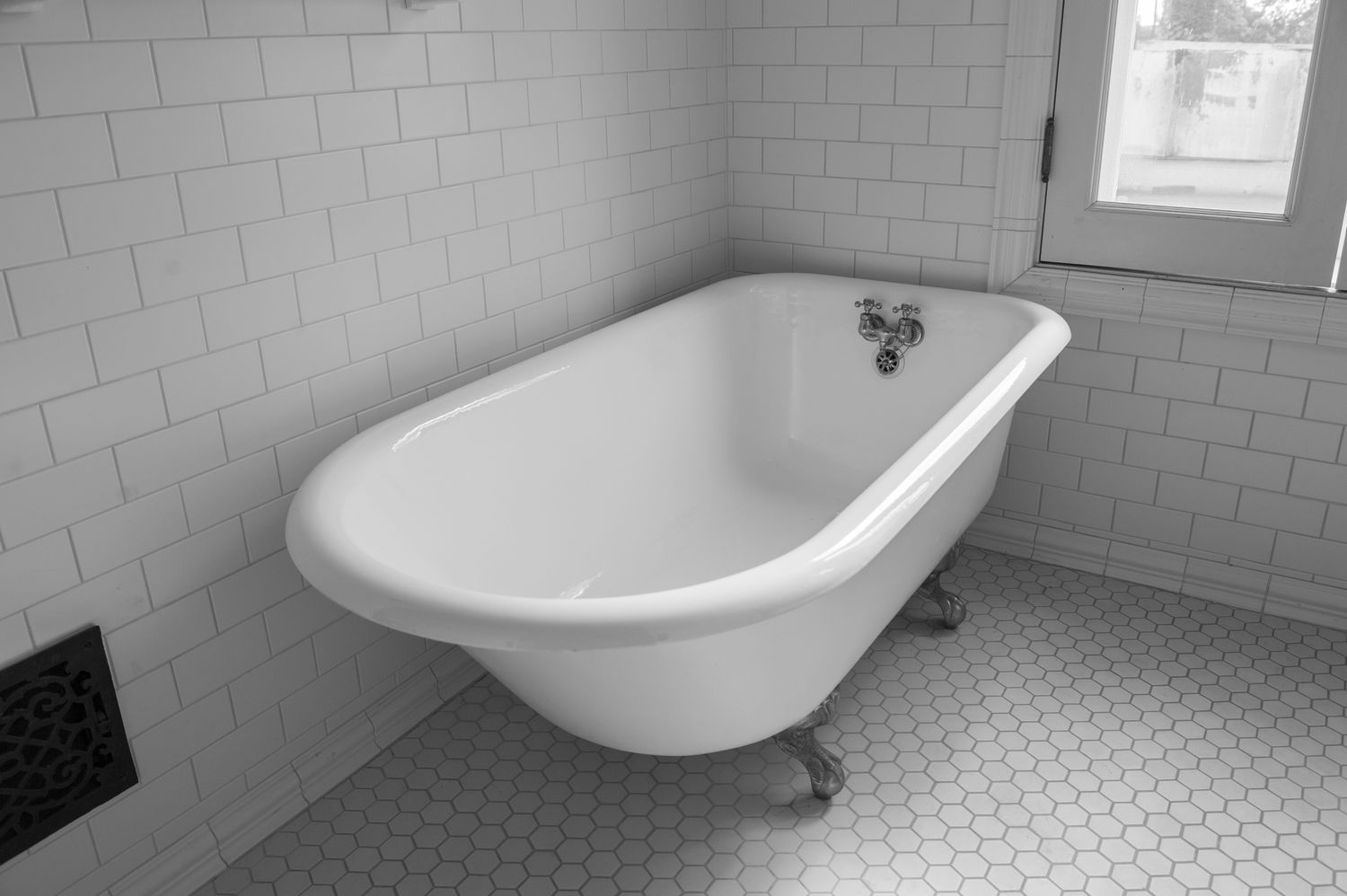
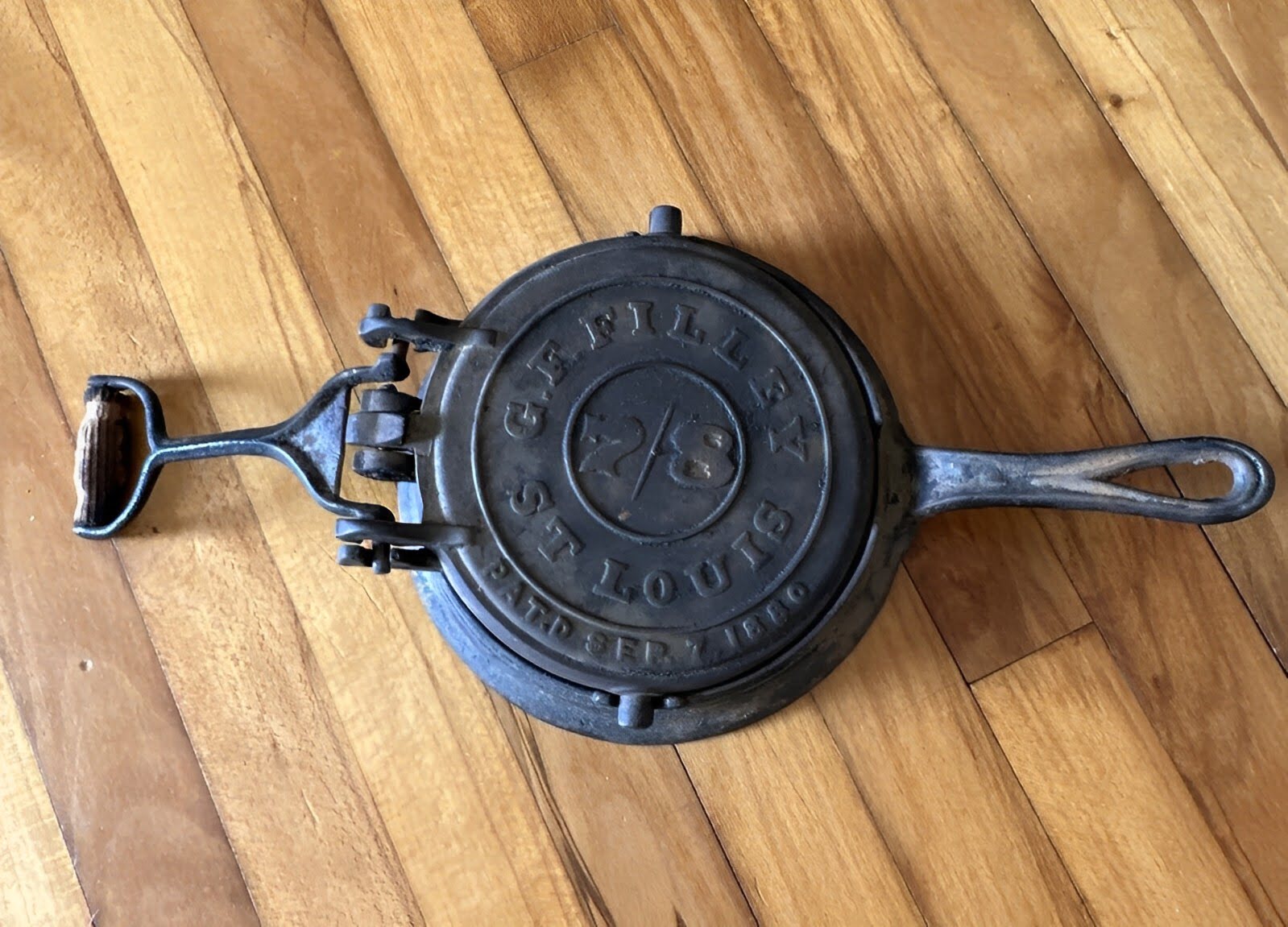

0 thoughts on “How To Store A Cast Iron Pan”